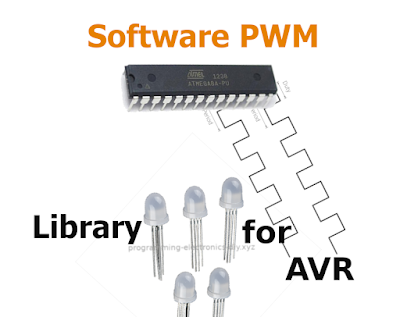There are many solutions for streaming audio from your computer to Bluetooth devices. One affordable Bluetooth transmitter/receiver pair is presented here. With these two Bluetooth modules, streaming audio from PC is very easy.
JDY-62 is an affordable Bluetooth stereo audio receiver module with great sound qualities for the price provided the ground connection is properly made (more on this later). To send audio from PC to the JDY-62 module I have used the Bluetooth 4.0 CSR dongle transmitter that works well on Windows 10 and acts like a sound card that you can select in the media player.









